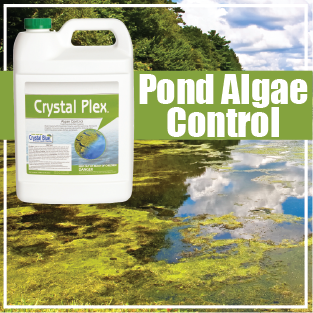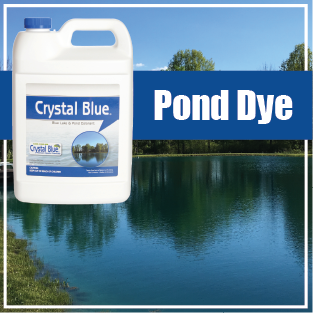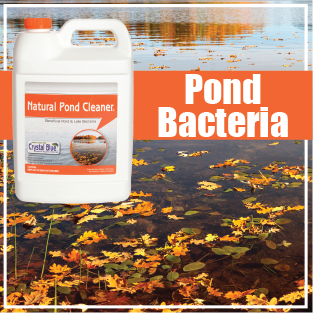After considering depth, you will need to address the steepness of the pond’s slope. Generally, the faster the drop off, the better the pond weed control and algae control will be. There is a trade-off, though. The steeper the bank, the more likely severe erosion could occur. We’ll tackle the erosion issue next and concentrate on the slope issue in this article.
When constructing ponds, many local government stipulations require a “safety shelf” to be added to the perimeter of the pond. This allows people and animals a way to quickly exit the pond without undue struggles. However, this shelf is a great place for both weeds and algae to grow. What’s the answer? Check your local laws and follow them. If they require the safety shelf, try to keep the shelf narrow and increase the slope quickly after you are past the shelf.
The shoreline above water does not benefit from a steep slope, so this involves only the underwater portion of the slope. Remember, the steeper the underwater slope, the less opportunity for weeds and algae to thrive!
Next week we will post about why shoreline is an important consideration to discuss when digging a pond.
Pond Slope (Current Post)
Shoreline
Pond Access
Fish Habitat
For additional information on how to maintain your large pond contact the experts at Sanco or check our our blog series on DIY Pond Care.



